Inside James Murphy and Soulwax’s Despacio – the world’s greatest sound system
Ahead of a hotly anticipated return to London this summer for Nile Rodgers’ Meltdown Festival at the Southbank Centre, we clamber under the hood of James Murphy and Soulwax/2manydjs’ Despacio sound system to learn how it sets dancefloor pulses racing – at strictly no faster than 120bpm…

All images by Rod Lewis
“Humans are about 70 per cent water. So I suggested that if we had a thousand leather bags, we could fill them up with water, then hang them on racks all over the dancefloor to tune the room and hear how it would sound if it were full of people.”
Audio engineer John Klett, James Murphy’s right-hand man and the designer of Despacio – arguably the greatest sound system on the planet right now – is waxing lyrical on the project and what he describes as “one of his many ideas”. Cast your eyes over his speaker-strewn career and you can see that his audio life has reverberated with plenty of them.
“I refer to people as walking water bags – with maximum respect and love,” he laughs. “Because the dancers are part of the experience, part of our acoustical treatment, they make the system sound better.”
The Despascio concept
Combine the initial pulses of acid house and the hedonistic rush of New York disco with a nerdish, yet hefty audio rig and some serious record collections and what do you have? Despacio – a concept that equals pure, unadulterated aural ecstasy.
The system (named after the Spanish word for ‘slow‘) is one of the world’s weightiest, propelled by eight McIntosh stacks and the insane audio knowledge of John Klett, LCD’s James Murphy’s comrade in audiophilia. With Soulwax’s David Dewaele and Stephen Dewaele (aka 2manydjs) onboard alongside James, the high-end rig is put through its paces by three of the world’s most discerning record collectors. Sound too good to be true? Punters at this year’s Meltdown Festival, curated by Chic’s Nile Rodgers, will get the opportunity to find out and enjoy full immersion in Despacio over two nights in August.
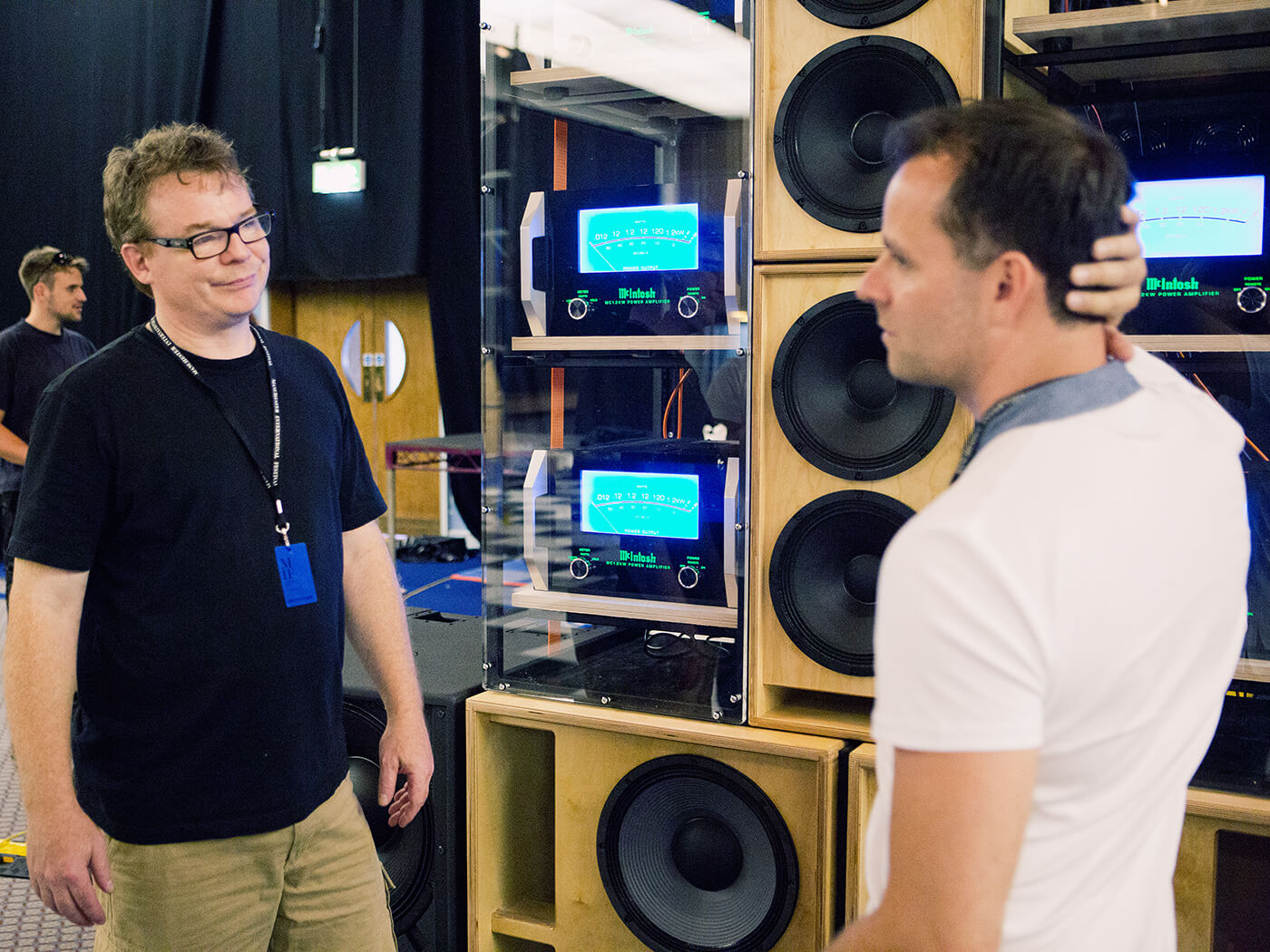
With the DJs hidden away and playing some of the wildest sounds out there, on strictly vinyl only, this is more than just a club. It manages to offer an unrivalled sonic experience, pleasing speaker geeks and ravers in equal measure. But with hectic schedules and huge organisational hurdles to overcome when it comes to hosting these events, there have only been a handful of Despacios since the speakers were first turned on in 2014 at the Manchester International Festival (MIF). It means every time they do flick the switch, anticipation is already at a nose-bleed inducing high…
McIntosh Laboratory president Charlie Randall – alongside the company’s UK distributor Jordan Acoustics – was one of the key players in helping making the project happen. “You have to not only hear it, but experience it,” explains Charlie. “When you get in the middle of those seven speaker stacks and James, David and Stephen start playing music at the slow speed, it’s truly amazing. It’s something each concert goer will probably remember for the rest of their life.”
The glint in the eye of the disco ball
Despacio came alive out of conversations between LCD Soundsystem’s Murphy and sound aficionado John Klett. John came to New York City to study at the Institute of Audio Research, cutting his teeth at the raw interface between audio and fledgling technology in the late 70s.
“It was in one of my first apartments back then that I learned cockroaches could fly. But NYC was home and was far more dirty, more interesting and fun back then – everyone smelled of sweat and patchouli oil!” he remembers.
As proprietor of Tech Mecca, an equipment consultancy and services provider, he met James in the mid 90s and they hit it off over their love for old consoles and analogue gear. Their shared passion led to John being tasked with designing what would become the legendary studio of DFA Records and, as LCD Soundsystem took flight and Murphy became a global star, the pair stayed tight.
“We’’d meet and talk heavy nerd before a show – which was great, because we created this forcefield that people who wanted to talk to James couldn’t break through. He could burn off a little nervous energy, relax and talk about speakers, one of his tape machines or some piece of gear that didn’t exist but should. James can really do nerd like a pro.”
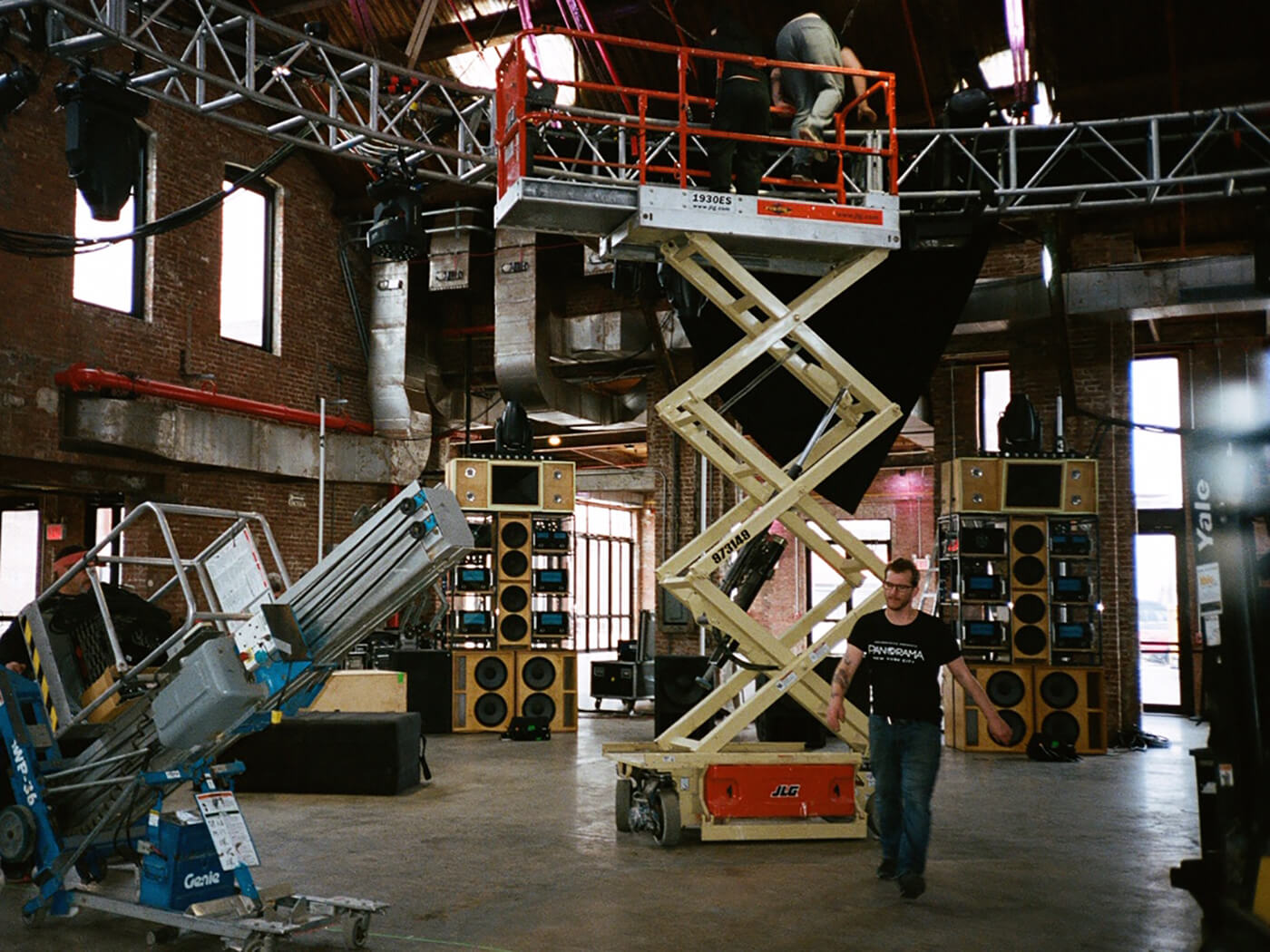
It was the release of LCD’s This Is Happening in 2010 that slowly started galvanising their speaker love into something more tangible. “I was playing it loudly on these Klipsch Cornwalls in my kitchen and started texting James to tell him I was really digging the way in which Dance Yrself Clean comes in so hard. We had some nerd talk about the difference between the Cornwalls and a La Scala model. That was where the seed of the idea was first planted.”
McIntosh and Jordan
The concept came on at pace after James moved house in 2011. With a new studio space in his Brooklyn home, he mentioned creating speaker stacks and using old McIntosh amps to power them for what could potentially be a ‘pop-up disco’. Two years later, this had morphed into a commission for the Manchester International Festival (MIF). They began getting their plans in order.
“We started drawing parallels with places like the Paradise Garage,” John tells us. “I went back to the late 70s, thinking about those infamous clubs, the vibe and then pulling forward to the current crop of drivers and what those could do in old-school, low-velocity, vented, direct, radiating reflex enclosures – what we could do to maintain headroom at volume so we wouldn’t have to process the dynamics to keep the system from hurting itself.”
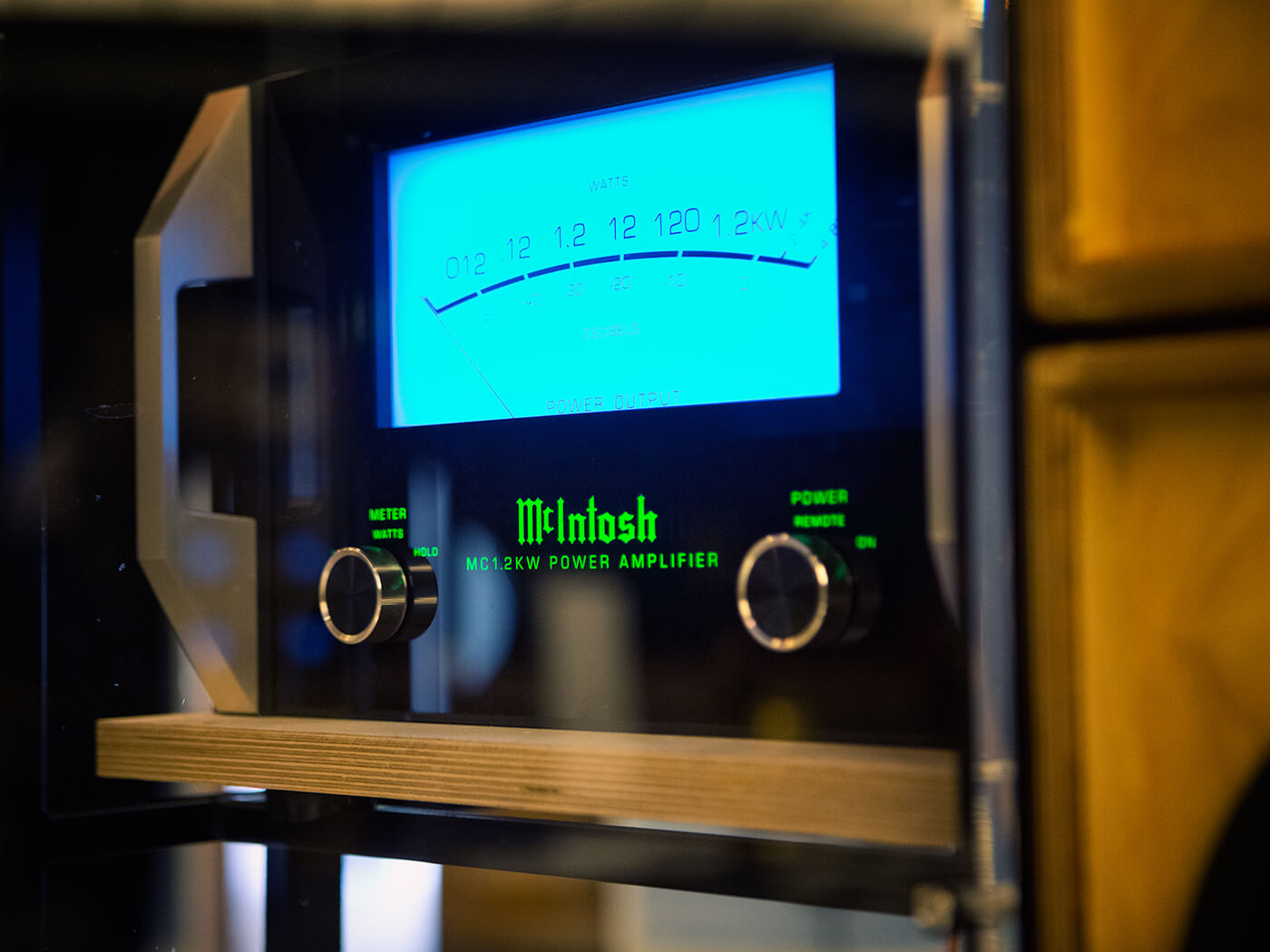
Both John and James returned to their conversations about utilising old McIntosh amps as part of this expanding idea. “We talked about finding 20 or 30 McIntosh MC2500 and MC2600 amps and getting them all happy, which would have been a lot of work. So instead, I researched what McIntosh was making in current product and found they were still making big heavy amps with the power-matching outputs.”
With plans and drawings coming thick and fast, the project started acquiring additional allies. After being contacted by Soulwax’s manager, Tim Jordan of Jordan Acoustics (the UK distributor for McIntosh) helped facilitate conversations between the Despacio team and the manufacturer to help make their gear dreams become reality.
“They were looking for some used McIntosh amplifiers on eBay and wanted to see if we could help support them in keeping the equipment running,” says Tim. “Which would have been full of all sorts of issues. So I took the project and the conversations I was having with John Klett to McIntosh. McIntosh speakers made up part of the ‘Wall Of Sound’ The Grateful Dead created so they have a history of doing these colossal sound systems,” Tim continues. “Despacio fit with their heritage and a new take was very intriguing. We managed to get the sign off for the amplification of the project, which was the green light for the whole thing to go ahead. The first night was like nothing else.”
Inside Despacio
Clamber inside the system and there’s plenty going on at its heart. John was behind the design of the stacks, coming up with myriad ideas and drawings. “I was looking at the various speakers and horns available and creating illustrations just to show how various thought processes would look – one of these had a stack that looked like a giant Dalek,” he explains. “We wanted the amplifiers and electronics to be incorporated in each stack, so all we had to do was run power and a single line-level signal to each one. The amplifiers could be displayed, then we were looking at the 12-inch speakers and those had to be in a vertical column for phase purposes.”
“The racks had to be specifically designed with adequate ventilation to keep the amps cool,” adds McIntosh’s Charlie Randall. “Another key element was making sure adequate line power was provided to the racks to power the amps.”
For the stacks themselves, the concept was based around forward-facing speakers with their acoustic centres aligned to the same vertical plane. Each stack has a five-way system with 21-inch drivers doing low bass, 15-inch drivers powering upper bass and 12-inch drivers doing low-midrange, as well as a large bi-radial horn behind upper midrange. They also each have 10KW available (or 10,000 Watts) per stack, but for a good portion of each event, they only use between 200 and 1,000 Watts per stack – or 1,500 to 8,000 Watts for the system overall.
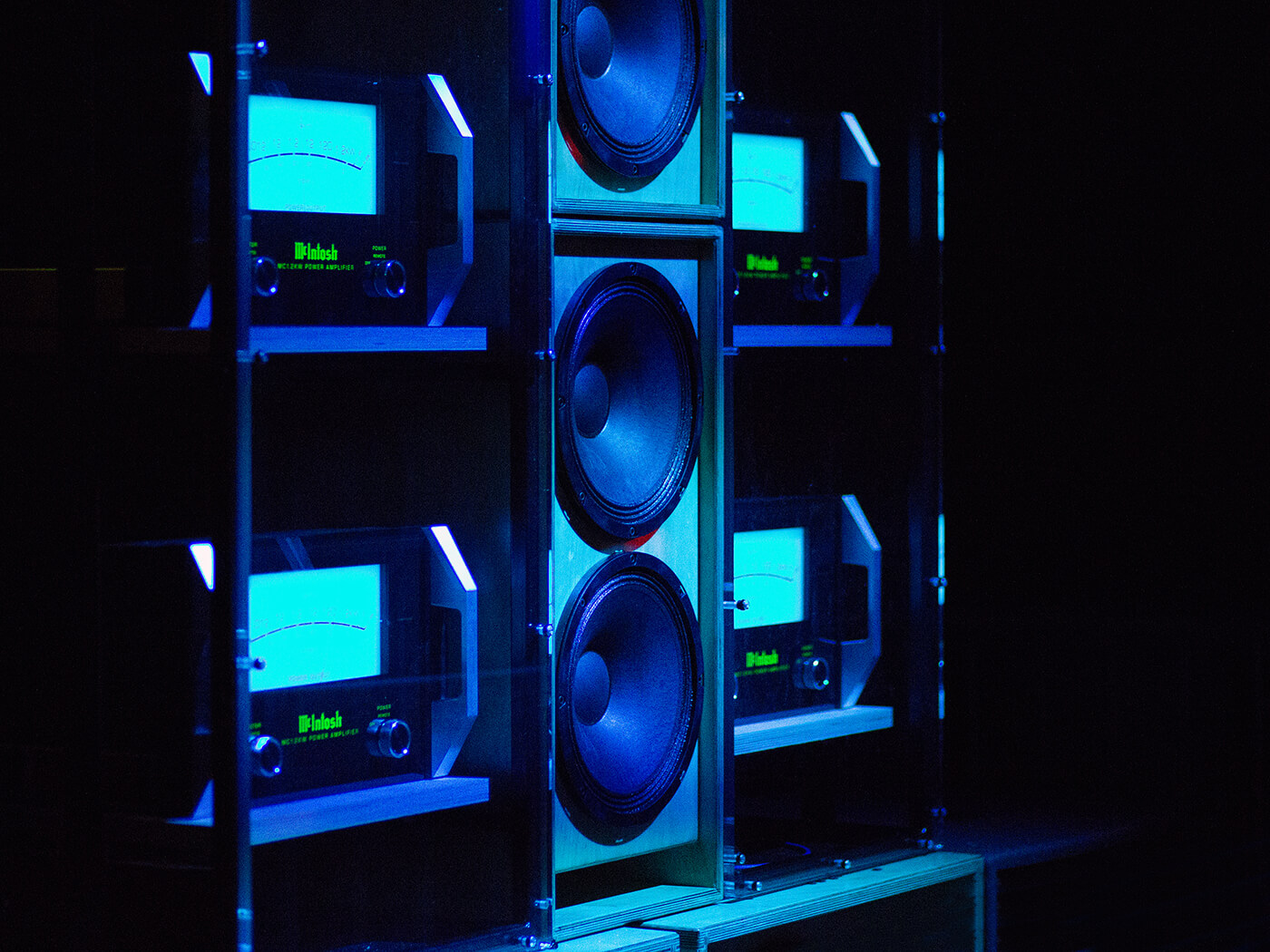
“All these drivers are lined up so that, if they all go ‘click’ at the same time, in their respective bands, the sound moves out and after about 10 feet, combines into one wavefront,” says John.
“When that arrives at the same instant, it makes ones big coherent ‘CLICK!’ on the dancefloor – we used to call this impulse timing or physical time alignment.”
The manufacture of the cabinets was all completed within deadline, thanks to a small company called PBS building them and their accompanying road cases. “The lacquer finish was barely dry when they arrived at the first gig in Manchester,” says John. “The system was never turned on and tested as a system – not even one stack – until maybe 40 hours before doors opened at MIF. We received the amplifiers in their shipping cartons from America, as we were setting up just days before those first doors opened. You have to have nerves of steel and ice water in your veins to deal with that – or you’d just be nuts. I’m certain both were true.”
Challenging the system
With so much power at their fingertips, the Despacio team has to be wary that the system doesn’t take off and maul the ears of the dancers. So how do they tame the wildness? The answer involves never utilising full power and ensuring there is enough space in the sound to avoid it hurting.
“We have it gain-structured so we are never really running it up to 11 – it’s more like we are running the whole system at somewhere between 1,500 watts and 8,000 watts. For the first hour or so, it’s less, that’s why it sounds so relaxed,” John explains. At the same time, the system doesn’t employ any dynamic-range control or limiters, meaning there’s a purity and lack of stress on the sound.
“We maintain, from end to end, the full dynamic range and crest factor on the vinyl records. Crest factor is the ratio of all the instantaneous-peak stuff running on top of the big ball of averaged energy. Dynamics control and limiting pushes that all down, so soft becomes loud, loud becomes even louder and that makes everything sound urgent. It’s unhappy and wears you out, so we have none of it.
“The McIntosh amplifiers have 2dB of ‘dynamic headroom’ above the amplifier’s published rating – so each of the 1,200-watt monoblocks can deliver peaks close to 1,600 watts. If you average it out over the night, we are running well below 10 per cent of the available power.”
That doesn’t mean they don’t turn it right up on occasion, just outside of the club night. “We do run it up from time to time during warm-ups, to see what rattles,” laughs John. “It can be fun to have the air moving so much that it shakes the fabric of your clothes and your soul – but too much of that is harmful. A little of that is enjoyable, though – it’s there in the system.”
DJs and rooms
With Despacio taking place in different venues, it means the set up varies from one event to the next, causing all sorts of challenges for John and the team he takes with him to get the speakers dancing to his beat. Planning involves laying out and evaluating venue tech specifications, but much of the hard work can’t be achieved until the speakers are on site and the night is locked and loaded.
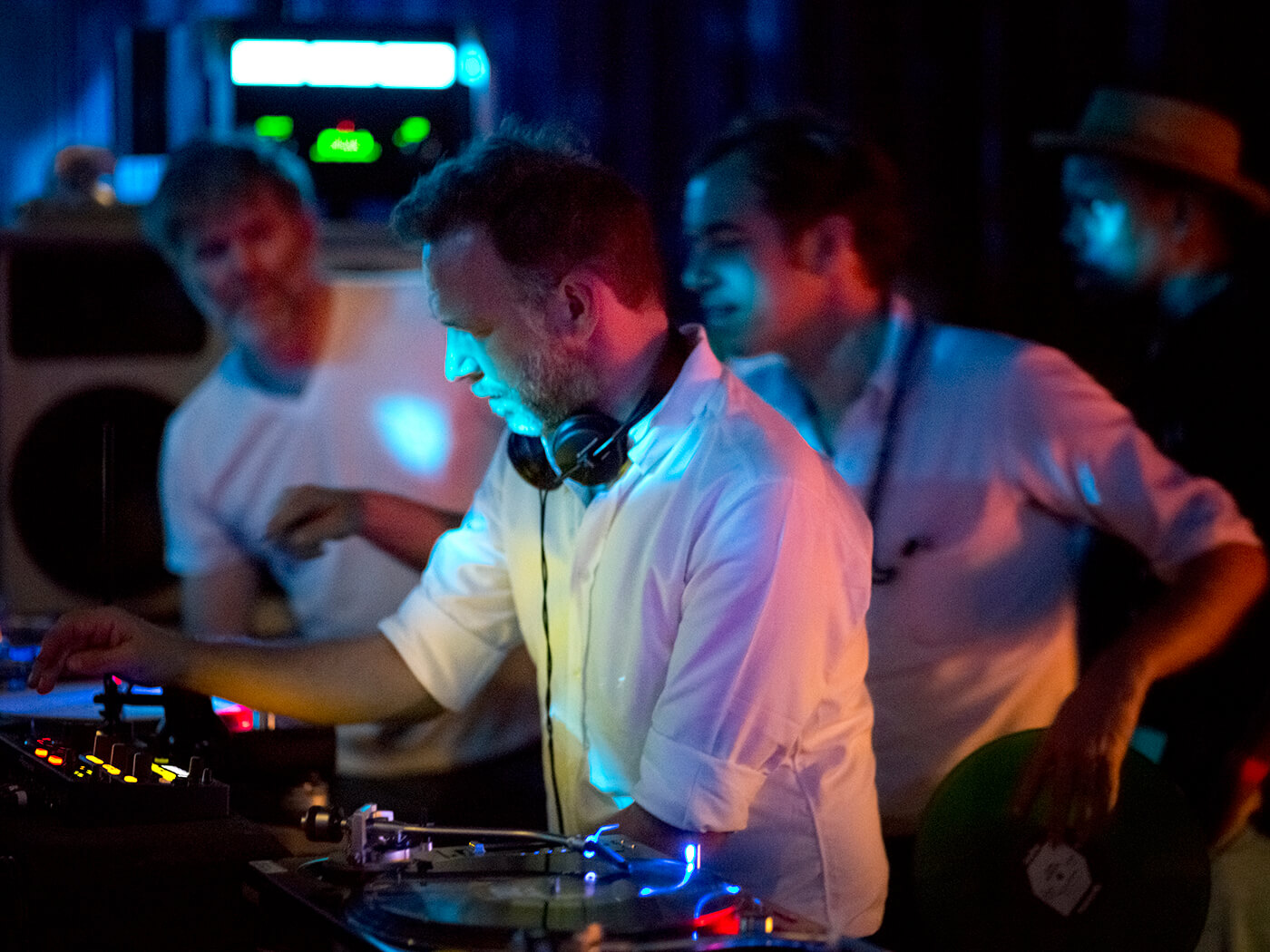
“We usually have a layout done in advance, because we need to spec power, lights and emergency egress,” he says. “But we make adjustments, hang curtains, angle the speaker stacks around a little after they’re built. We shift these things that weigh little over a metric tonne – and they are not on wheels – to move them off nodes or into places where they excite the room in a good way.”
The use of vinyl also offers an additional set of challenges for John, with meticulous checks and monitoring going into the DJ rig. “We have to remote-power the decks and more, because the transformers inside the gear radiate small hum fields. And at Despacio, you can hear everything,” he says.
Festival floor filler
Unsurprisingly, Despacio has been critically lauded, with the night’s disco ball dazzling at London’s Roundhouse, Sónar, Coachella as well as MIF. It also appeared at Glastonbury, but had issues, with its tent sandwiched between two other “loud-as-fuck stages” meaning they closed early on the final night.
“We had the Glastonbury sound police coming by to tell us to turn down all the time,” says John. “Plus the rain and mud. But I walked the floor continuously during the sets and everyone seemed to be having a great time.”
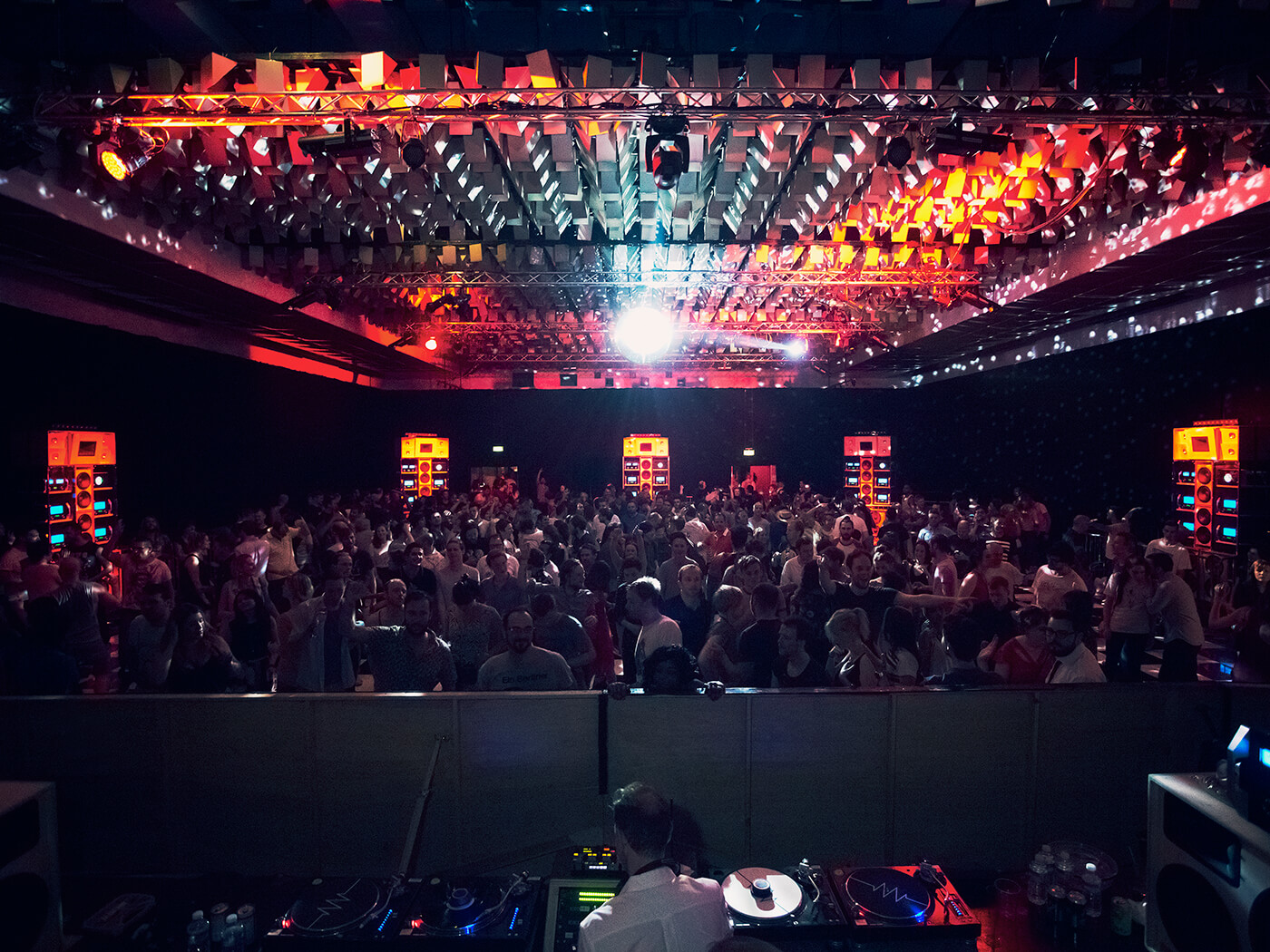
Despite everything that goes into Despacio, it’s not just a cold-blooded technological machine staging perfect dancefloor moments. It’s an (almost) living, breathing musical force of nature and is, like all of us, beautifully fallible. “This is impressionistic art,” says John. “And that is the point – the system is an emotional transmission machine. It is supposed to move you and you are not a scientific-measurement instrument… so tuning up is technical up to a point, then we just dial it in until we are all smiling.”
The future
So after Meltdown, then what next? For John, he hopes that one day, rather than its current nomadic nature, he’ll be granted the opportunity to live in a space and tweak and tinker with the system until it’s at its absolute peak.
“One day – I hope in my lifetime – we will actually get this system in to a space and do an actual designed acoustic treatment for that space and live in there for a few months,” says John.
“Take any classic disco – like the Paradise Garage for example – that place was too big originally, then they brought the walls in to optimise the room volume. Then over a few months they added acoustic treatments to get the reverb timing of the room optimised. I think it took almost a year before that place was really right.”
Alongside Despacio, there are countless studio upgrades, record releases and gear-overhaul tasks to be getting on with… It seems the audio fun never stops for Mr Klett. “James will always have some more ideas. There is, and always will be, a lot going on. I have a list of things here that will take me years to get through – so it never stops.”
Follow Despacio on Facebook. And for more interviews with artists and producers, check here.